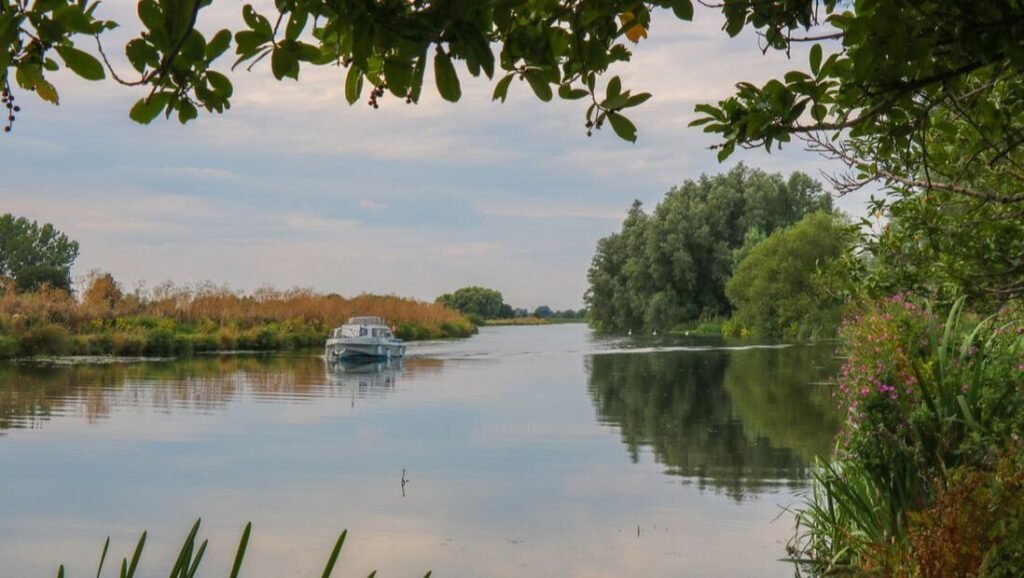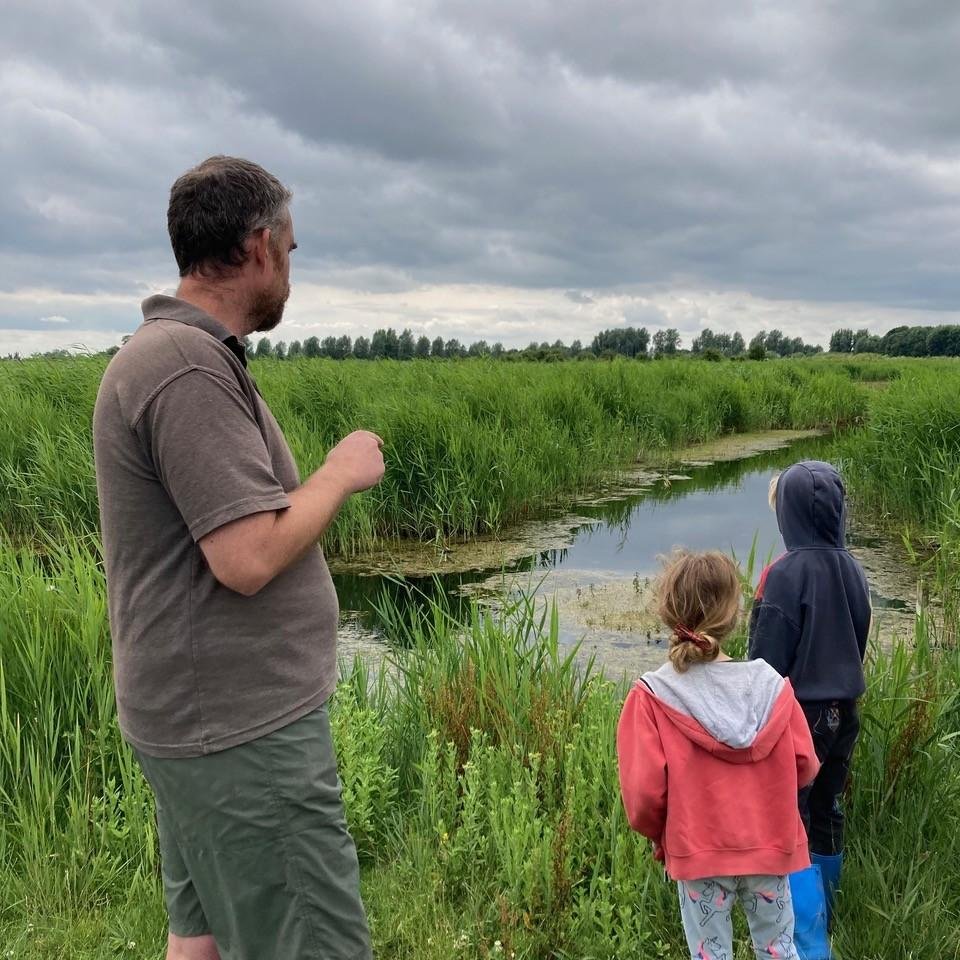Kingfishers Bridge 30th Anniversary: A Farm Reborn Through Rewilding and Biodiversity

What began as a conventional farm has blossomed into one of the most inspiring rewilding success stories in the UK. Nestled between Wicken and Stretham in Cambridgeshire, Kingfishers Bridge Nature Reserve is celebrating its 30th anniversary. Once intensively cultivated for sugar beet and potatoes, this 300-acre reserve now boasts rich wetland habitats, vibrant biodiversity, and a dedicated visitor base.
Kingfishers Bridge Origins: From Agricultural Land to Thriving Ecosystem
In 1995, local farmer and conservationist Andrew Green founded Kingfishers Bridge. His vision was to recreate lost fenland environments. Using the nearby River Cam as a wildlife corridor, Kingfishers Bridge attracted many species back. Over the past three decades, Kingfishers Bridge 30th anniversary celebrates this remarkable transformation. The reserve evolved from intensively farmed land into vibrant reed beds, wet meadows, and shallow pools full of life.
Birding Paradise at Kingfishers Bridge: Lapwings, Bitterns, and More Wildlife Highlights
The reserve now supports over 210 bird species, with more than 90 confirmed to have bred on site. Most notably, it became home to the first bittern to breed in Cambridgeshire since the 1930s—a landmark achievement. Recent conservation efforts have focused on breeding lapwings, a vulnerable farmland species now in alarming decline across the UK.
James Moss, the reserve’s manager, proudly highlights a “massive increase in our breeding population of lapwings.” Thanks to pioneering monitoring techniques, including hand-held thermal cameras, nests can be located and tracked through egg-laying and fledging, improving protection and breeding success.
Rewilding in Practice at Kingfishers Bridge: Ponies, Buffalo, and Longhorn Cattle

True to its ethos of natural habitat management, Kingfishers Bridge uses large herbivores to mimic wild grazing patterns. A herd of water buffalo and two herds of Konik ponies roam freely across parts of the landscape, shaping vegetation and maintaining wetland health. The team recently introduced Old English Longhorn cattle from nearby Spinney Abbey to manage the Cam Washes more effectively.
A Surge in Visitors and a Broader Mission at Kingfishers Bridge
Before the pandemic, the reserve attracted around 2,000 visitors annually. In 2023, that figure soared to 21,000. As people sought open, serene spaces, the reserve grew in prominence. Today, with a visitor centre, car park, shop, café, and regular guided tours, Kingfishers Bridge Nature Reserve offers a welcoming space for nature lovers, families, and budding conservationists.
Volunteerism has also grown. A core team of 10 volunteers now contributes to maintaining the site’s infrastructure, monitoring wildlife, constructing hides, and building nest boxes. Their contribution is invaluable in supporting the day-to-day operations of the expanding reserve.
Environmental Data and Botanical Milestones at Kingfishers Bridge
Kingfishers Bridge’s conservation outcomes are backed by data from the RSPB, the British Trust for Ornithology, and the Environment Agency. One of the most striking botanical successes is the rise of water germander—a vulnerable fenland plant. From a mere dozen individuals in 1996, the population now exceeds seven million, a testament to long-term habitat restoration.
Climate Change and Invasive Species: Challenges Facing Kingfishers Bridge at Its 30th Anniversary

Despite increasing biodiversity, the reserve isn’t without challenges. Manager James Moss emphasizes the risks posed by climate change: “Extreme weather patterns and the absence of cold winters are allowing parasites and invasive species to persist.” One recent development is the regular appearance of Chinese water deer—an indicator of shifting ecological balances.
The Road Ahead: Sustainability and Community Engagement at Kingfishers Bridge’s 30th Anniversary
While the surge in pandemic-era visitors has tapered, current numbers are stable and sustainable. The reserve now operates at a level that ensures financial self-sufficiency. Plans are in place to celebrate the 30th anniversary with special events on 12 and 13 July, highlighting three decades of community engagement, education, and ecological progress.
Why Kingfishers Bridge Nature Reserve Matters
As the UK grapples with biodiversity loss and habitat fragmentation, Kingfishers Bridge serves as a model for what can be achieved through vision, commitment, and ecological understanding. It demonstrates how farmland can be reimagined as a biodiversity hotspot, blending public accessibility with conservation.
With increasing awareness of the importance of ecosystem services—like flood mitigation, carbon storage, and pollinator support—reserves like Kingfishers Bridge show the potential of local action to drive national change.
In celebrating its 30th anniversary, the reserve not only honors its founder’s vision but also paves the way for future rewilding and conservation efforts across the country.




